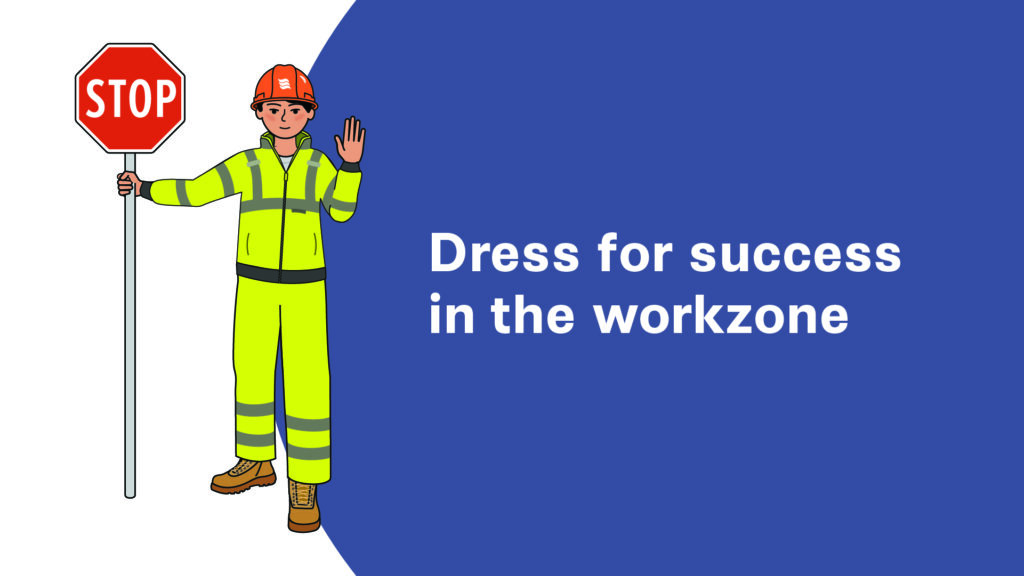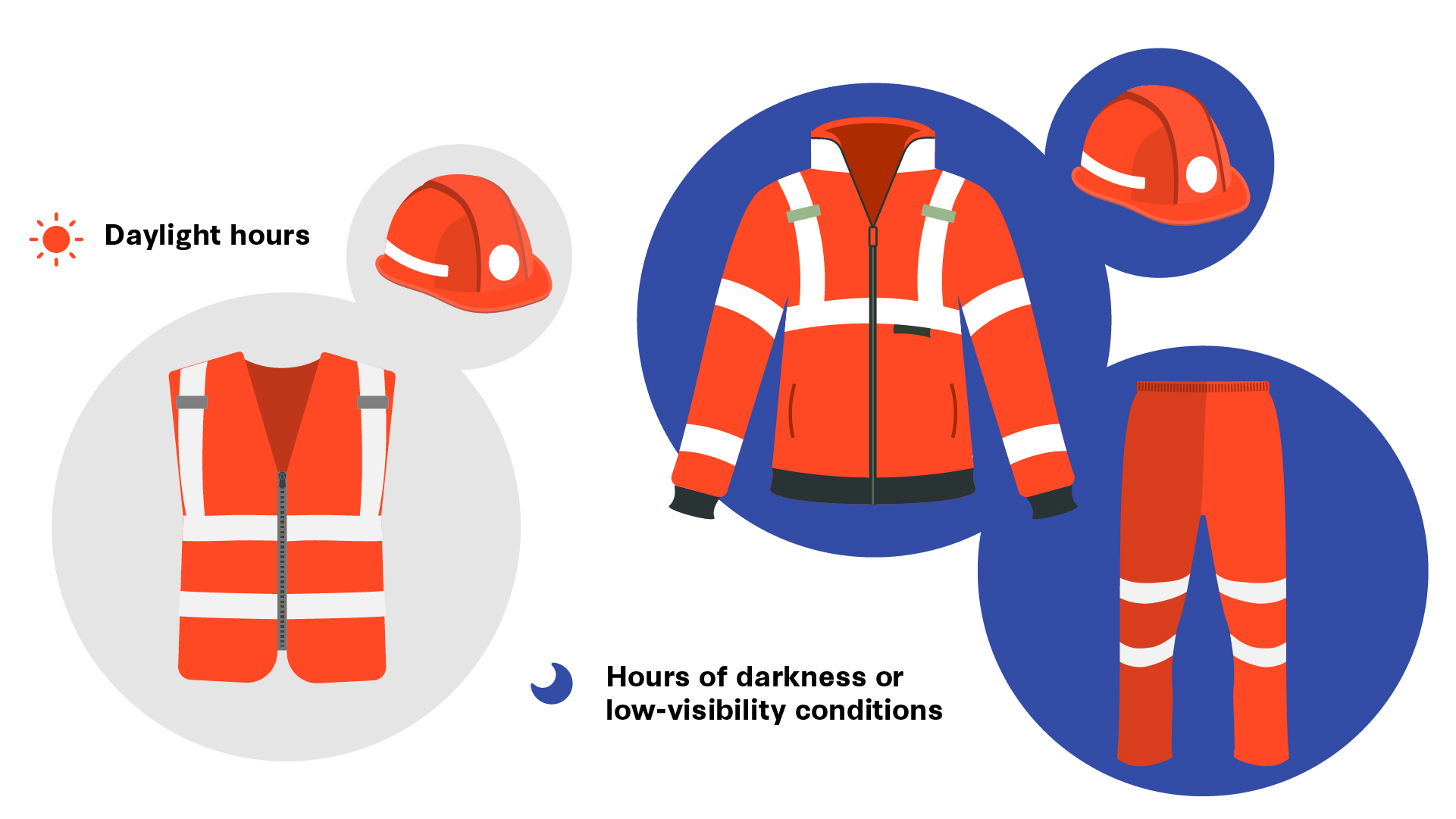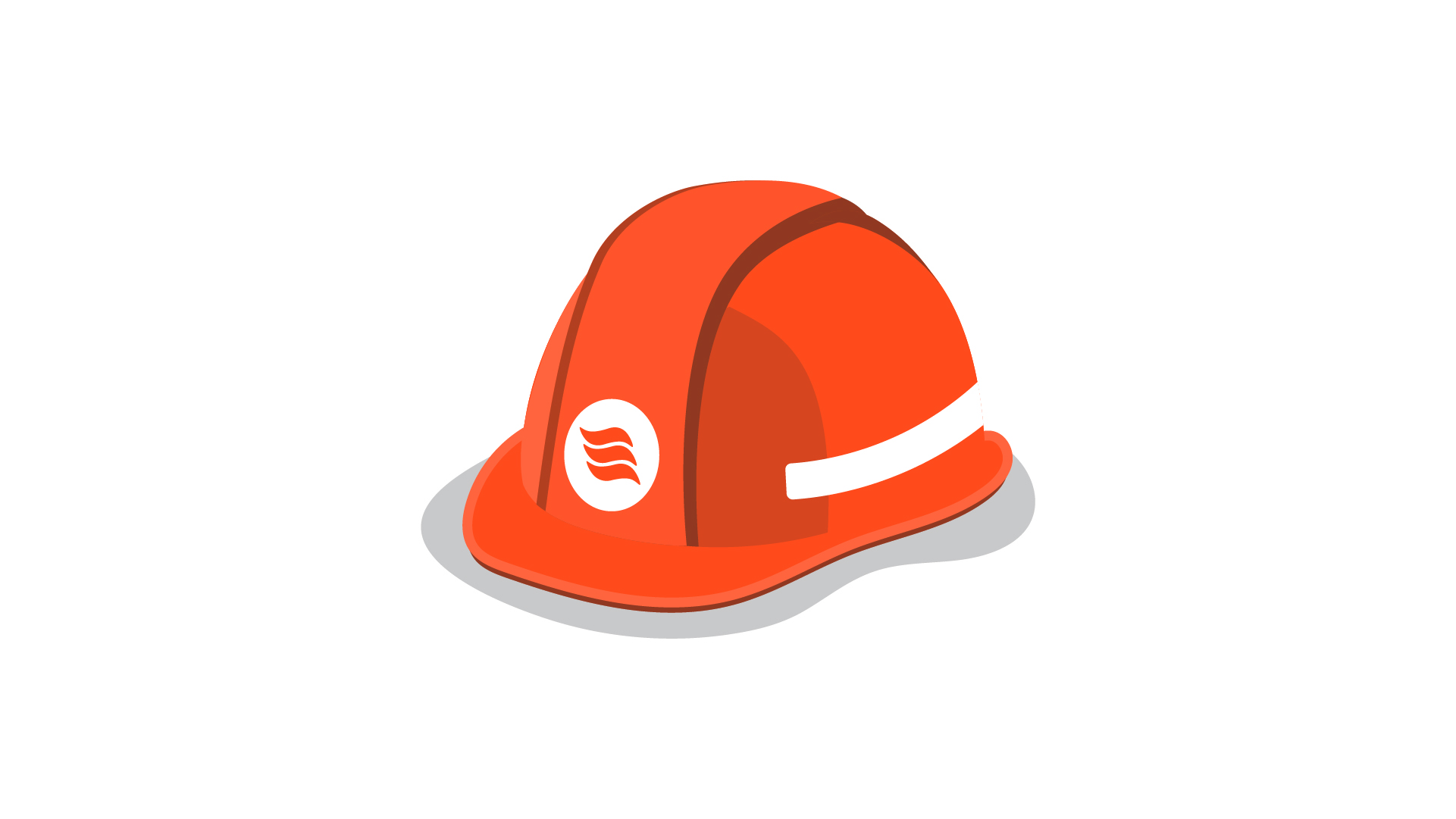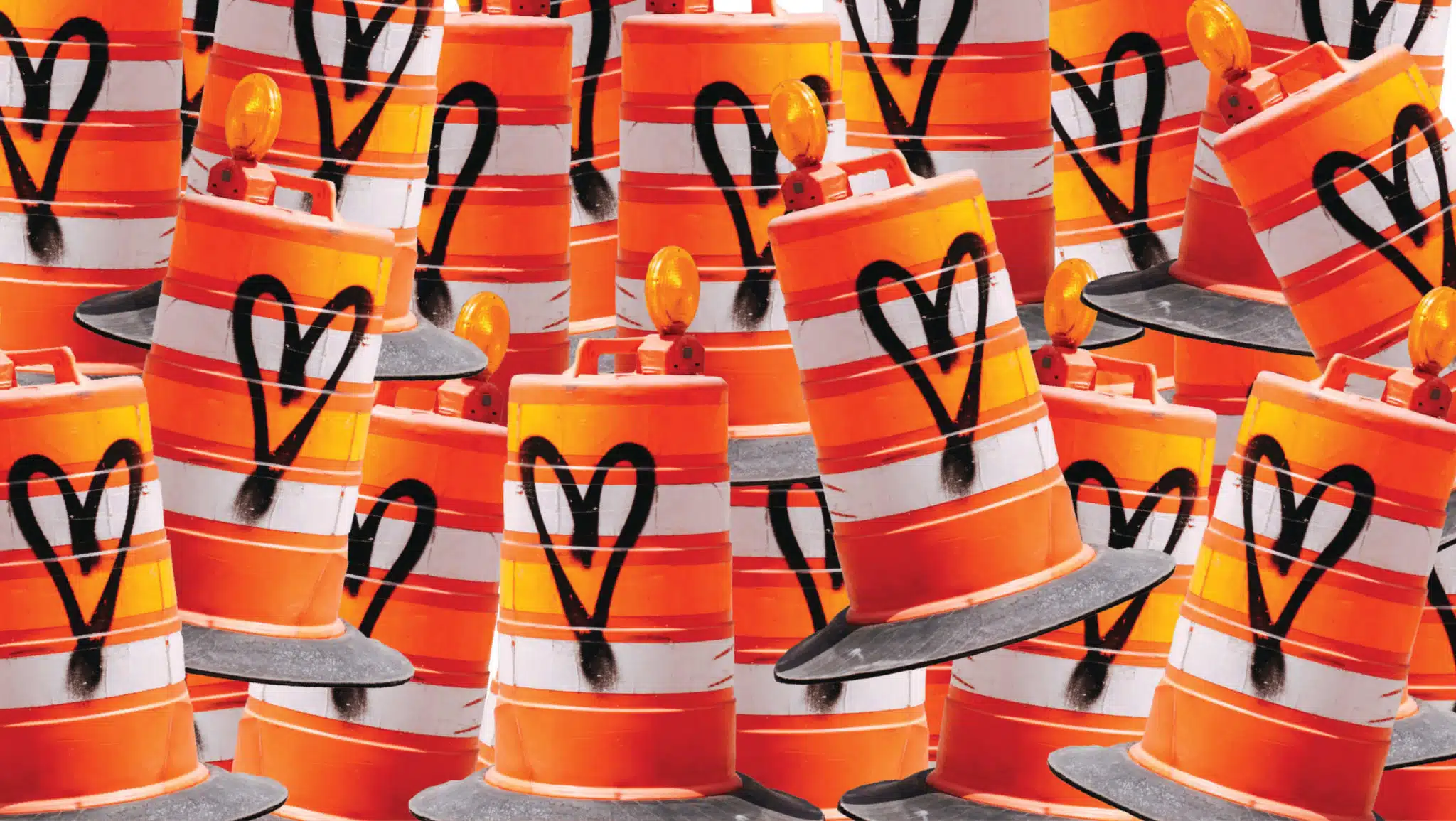MUTCD-compliant flagger signals for use with a STOP/SLOW paddle
One of the most important skills you’ll use when working as a flagger is signaling with the STOP/SLOW paddle. Here are a few tips to get you up to speed, while slowing traffic down.
Put your sign’s best face forward
Before you begin flagging, make sure your STOP/SLOW paddle meets the requirements set by the MUTCD. The STOP/SLOW sign must be at least 18 inches in diameter, and it should be mounted on a staff that makes it tall enough to be seen by approaching traffic. We recommend a staff height of 6 to 7 feet.
Always make sure your paddle is clean and legible. If you will be signaling during hours of darkness, it is recommended that you use a 24-inch paddle to increase visibility.
Note that some states and local jurisdictions may have additional requirements for STOP/SLOW paddles, especially if they are used during hours of darkness. For instance, in Washington State, the sign face must be retroreflective.
Setting up for success
Flaggers should never stand in the lane of traffic. Position yourself on the shoulder or in a closed lane. Make sure you have a clear route of escape, in case a vehicle threatens your safety.
Stand so that the STOP/SLOW paddle is between you and the lane of traffic you’re signaling to. Hold the paddle with your arm extended horizontally away from your body. Your feet should be positioned perpendicular to the paddle, so that you can easily look behind you.
Send a clear signal – STOP, PROCEED, or SLOW
Road users are easily confused in work zones, so it is vitally important that your motions are clear to drivers. When signaling, don’t hesitate — be firm, courteous, and confident.
There are three basic signals that you will use to communicate with road users: STOP, PROCEED, and SLOW. These specific signals are required by the MUTCD.
To signal for vehicles to STOP:
- Aim the STOP paddle face toward road users.
- Hold your free arm with the palm of the hand above shoulder-level, toward approaching traffic.
To signal for vehicles to PROCEED:
- Aim the SLOW paddle face toward road users.
- Motion for road users to proceed by moving your free hand horizontally from left to right.
- For added emphasis, as you motion, you may point in the direction they should move.
To ALERT or SLOW traffic:
- Aim the SLOW paddle face toward road users.
- Motion up and down with your free hand, palm down.
Nighttime signaling
During hours of darkness or in low-visibility conditions, it is recommended that you signal using a flashlight with a red glow cone, in addition to the STOP/SLOW paddle.
Note that unless you are flagging during an emergency, the MUTCD requires that the flagger station be illuminated by floodlights.
Here are the gestures you should use when signaling with a flashlight.
To signal for vehicles to STOP:
- Hold the flashlight with your left arm extended down toward the ground
- Then, slowly move the flashlight from left to right, stopping at a 45 degree angle.
- For added emphasis, you can use the flashlight to point to an imaginary line where the vehicle should stop.
To signal for vehicles to PROCEED:
- Point the flashlight at the first vehicle’s bumper.
- Slowly aim the flashlight toward the open lane, and then hold the flashlight in that position. Do not wave the flashlight.
To ALERT or SLOW traffic:
- Point the flashlight toward the oncoming traffic.
- Quickly wave it in a figure eight motion.
Reducing confusion for road users is one of your top priorities as a flagger. If you are new to flagging, it’s a good idea to practice these signals on your own until they become second nature.




